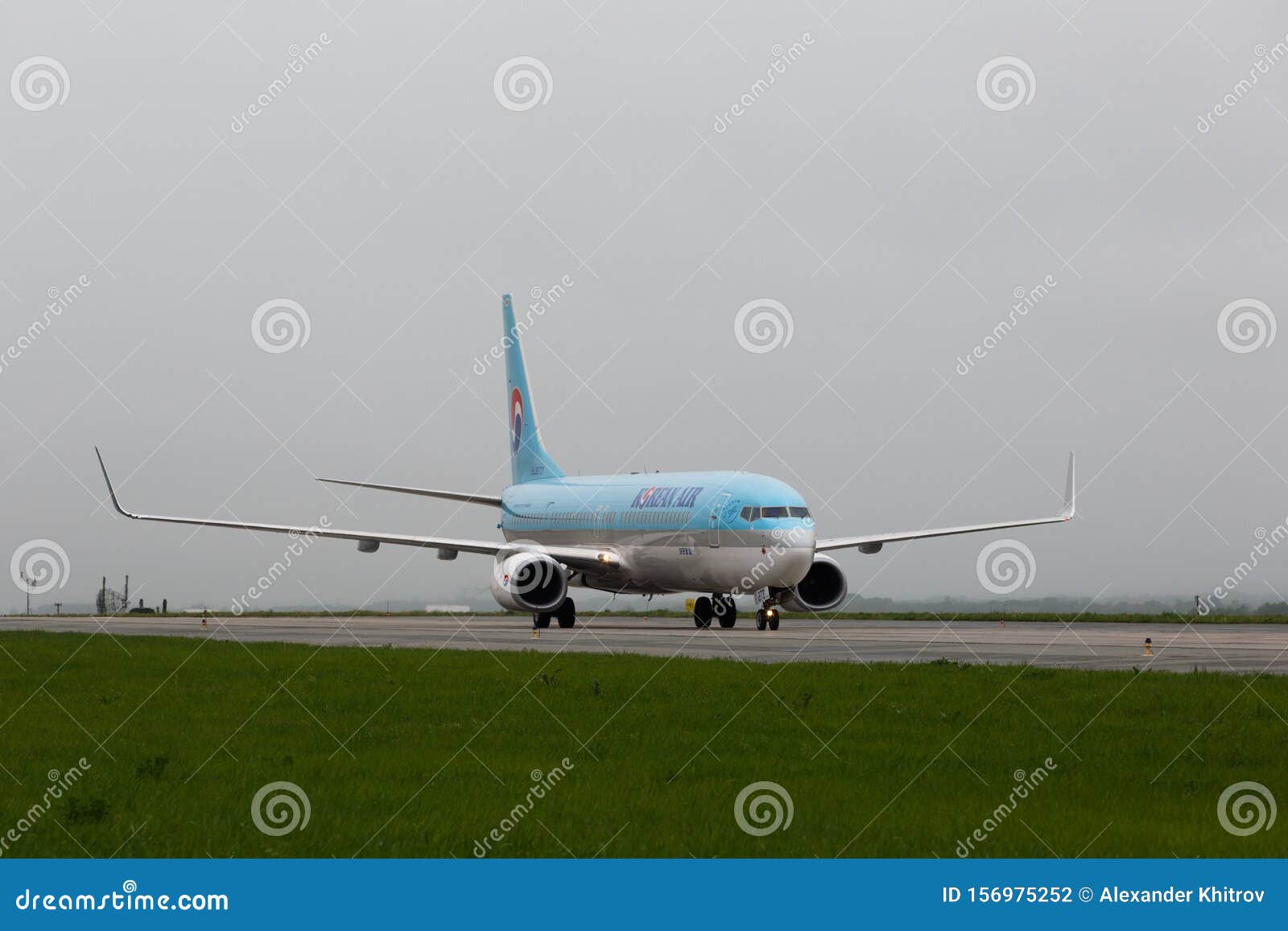South Korean Passenger Plane Crashes: Aftermath And Investigation
Editor's Notes: "South Korean Passenger Plane Crashes: Aftermath And Investigation" have published today date". Give a reason why this topic important to read.
Explain our effort doing some analysis, digging information, made South Korean Passenger Plane Crashes: Aftermath And Investigation we put together this South Korean Passenger Plane Crashes: Aftermath And Investigation guide to help target audience make the right decision.
Key differences or Key takeways, provide in informative table format
Transition to main article topics
FAQ
This section presents a collection of frequently asked questions and their respective answers to provide a comprehensive understanding of the South Korean passenger plane crash and its aftermath.

Passenger Plane South Korean Airline Korean Air on the Runway during - Source www.dreamstime.com
Question 1: What was the cause of the crash?
The authorities are still investigating the exact cause of the crash, but preliminary reports indicate that weather conditions, mechanical failure, or human error may have contributed to the incident.
Question 2: How many people were on board the plane?
The plane was carrying a total of 172 passengers and crew members when it crashed.
Question 3: Are there any survivors?
Unfortunately, no survivors have been found as of the latest official reports.
Question 4: What are the ongoing investigations?
Multiple teams, including aviation experts, investigators, and forensic specialists, are actively examining the wreckage, flight data, and witness accounts to determine the cause of the crash and prevent similar incidents in the future.
Question 5: What support is being provided to the victims' families?
The government and various aid organizations are offering counseling, financial assistance, and other forms of support to the families and loved ones of the victims.
Question 6: How can concerned individuals offer help to the affected?
Donations to reputable charities and organizations supporting the victims and their families are encouraged. Additionally, sharing accurate information and respecting the privacy of those affected is crucial.
The South Korean passenger plane crash is a somber reminder of the fragility of life and the importance of safety in air travel. As the investigation progresses, it is essential to rely on credible sources for information and to approach the news and discussions with empathy and respect.
Continue reading to learn more about the latest developments and ongoing efforts related to the South Korean passenger plane crash.
Tips
In the aftermath of the tragic South Korean passenger plane crash, it's crucial to prioritize accurate information and responsible reporting. Here are a few tips to help you navigate this situation effectively:
Tip 1: Rely on credible sources. South Korean Passenger Plane Crashes: Aftermath And Investigation Seek information from reputable news organizations, official government statements, and reliable aviation experts. Avoid relying on unverified social media posts or sensationalist headlines.
Tip 2: Be mindful of misinformation. In the chaos following a major incident, false or misleading information can spread quickly. Be cautious of rumors and claims that lack credible sources. Verify information before sharing it with others.
Tip 3: Respect the privacy of victims and their families. The aftermath of a plane crash is an extremely sensitive time. Treat the victims and their loved ones with compassion and avoid using graphic or insensitive language.
Tip 4: Consider the long-term impact. Plane crashes can have a lasting impact on the families of victims, the aviation industry, and the community at large. Be mindful of the long-term consequences and implications of your reporting.
Tip 5: Seek professional help if needed. The aftermath of a plane crash can be traumatic for those directly affected or for those who have witnessed it. If you are struggling to cope, reach out to a mental health professional for support.
By following these tips, you can contribute to responsible and accurate coverage of this tragic event and provide valuable information to the public.
South Korean Passenger Plane Crashes: Aftermath And Investigation
The tragic crashes of South Korean passenger planes have left a profound impact, necessitating a comprehensive investigation and analysis of the aftermath. These key aspects highlight the multifaceted dimensions surrounding these events:
- Casualties and Impact: Loss of lives, injuries, and emotional trauma
- Investigation and Analysis: Determining causes, safety protocols, and accountability
- Public Response: Grief, fear, and scrutiny of aviation industry
- Industry Changes: Safety enhancements, regulations, and technological advancements
- Compensation and Support: Financial assistance and emotional support for victims and families
- Lessons Learned: Applying insights from investigations to prevent future tragedies
These aspects are interconnected, highlighting the complexity and far-reaching implications of passenger plane crashes. The aftermath requires a thorough investigation to uncover the root causes and implement safety measures. The public response reflects the emotional toll and challenges the aviation industry to prioritize safety. Industry changes demonstrate the commitment to improving aviation standards, while compensation and support provide solace to those affected. Ultimately, the lessons learned serve as valuable knowledge to prevent similar tragedies.
The deadliest passenger plane crashes ever - Source www.msn.com
South Korean Passenger Plane Crashes: Aftermath And Investigation
The crash of a South Korean passenger plane in 1997 raised serious questions about the safety of the aviation industry. The subsequent investigation revealed a number of factors that contributed to the crash, including pilot error, mechanical failure, and poor weather conditions.

Plane crashes - LeanneMirrin - Source leannemirrin.blogspot.com
In the aftermath of the crash, the South Korean government took a number of steps to improve the safety of its aviation industry. These steps included increasing the number of qualified pilots, improving the maintenance of aircraft, and implementing new safety regulations. As a result of these measures, the safety of the South Korean aviation industry has improved significantly.
The investigation into the South Korean passenger plane crash is a case study in the importance of aviation safety. The findings of the investigation helped to identify the factors that contributed to the crash, and the lessons learned from the crash have been used to improve the safety of the aviation industry around the world.
| Factor | Description |
|---|---|
| Pilot error | The pilots of the plane were not properly trained to handle the emergency situation that occurred. |
| Mechanical failure | The plane's engines failed due to a design flaw. |
| Poor weather conditions | The plane flew into a severe thunderstorm. |
Conclusion
The South Korean passenger plane crash was a tragic event that resulted in the deaths of over 200 people. The investigation into the crash revealed a number of factors that contributed to the crash, including pilot error, mechanical failure, and poor weather conditions.
In the aftermath of the crash, the South Korean government took a number of steps to improve the safety of its aviation industry. These steps included increasing the number of qualified pilots, improving the maintenance of aircraft, and implementing new safety regulations. As a result of these measures, the safety of the South Korean aviation industry has improved significantly.

